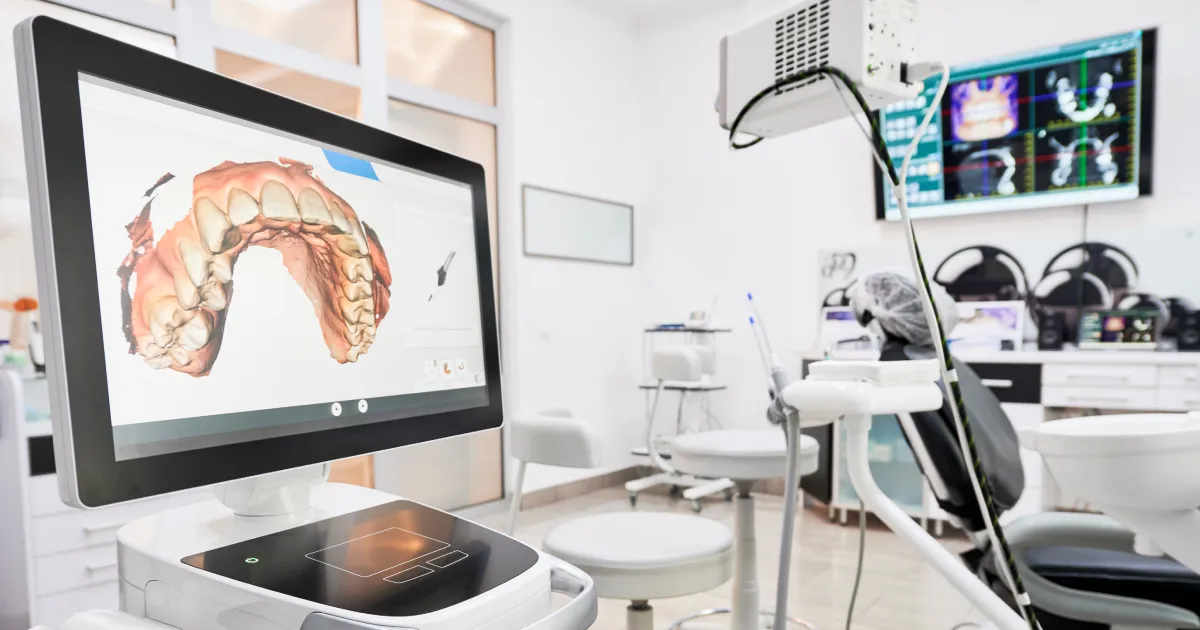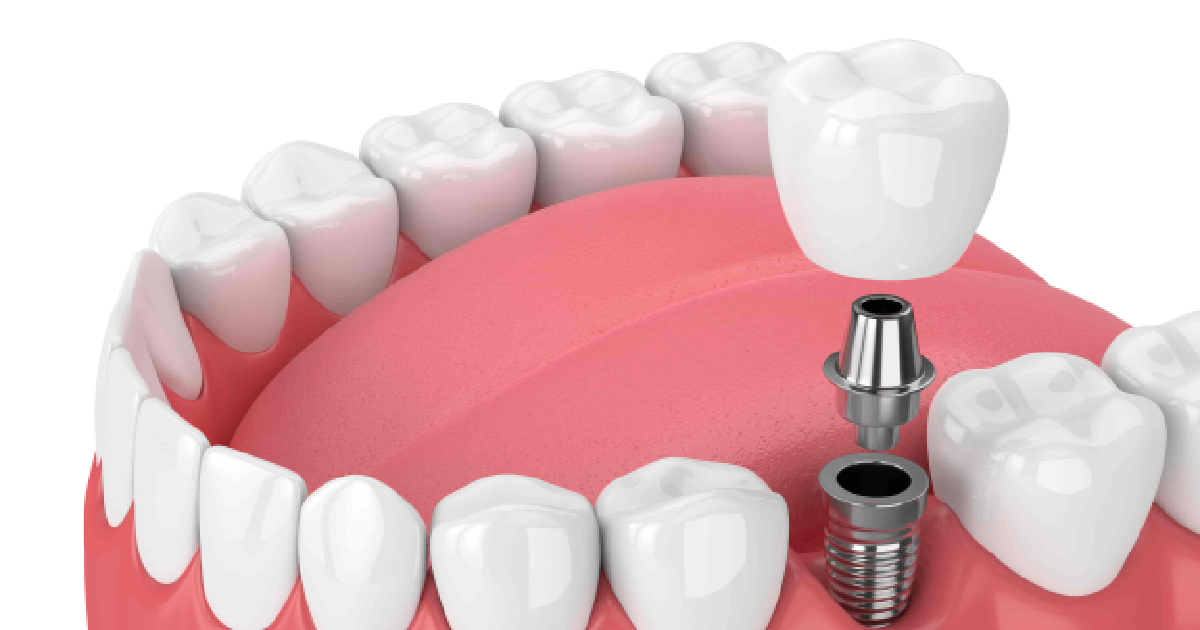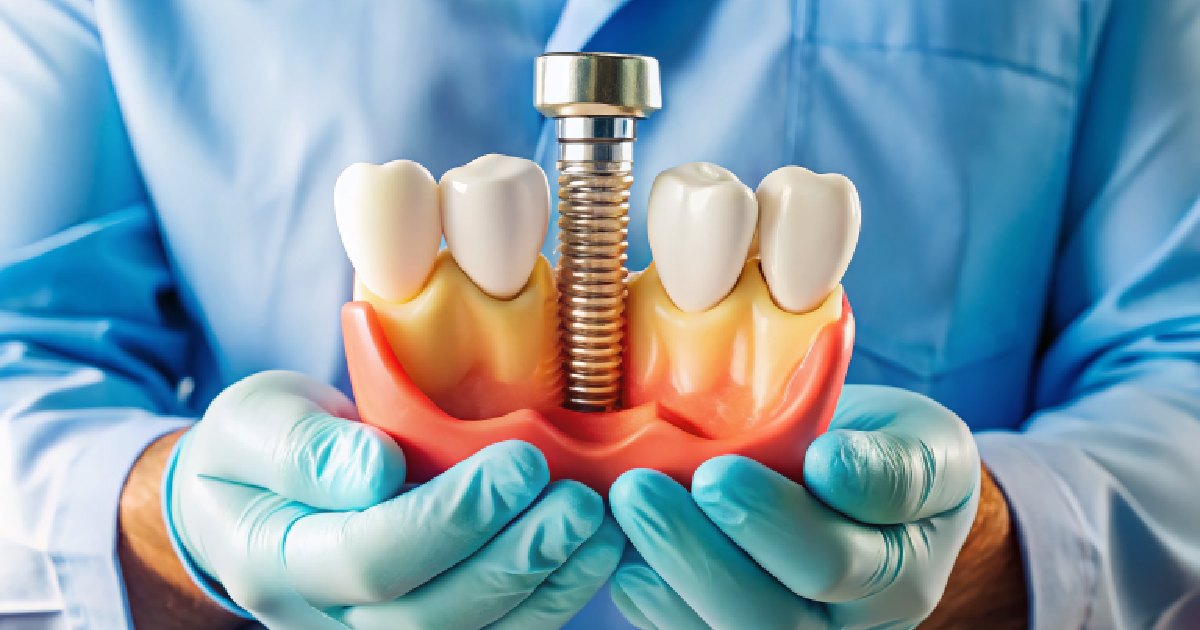Table of Contents
When your dentist mentions “bone grafting,” it might sound intimidating—conjuring images of complex surgical procedures. Yet this standard dental treatment is crucial in restoring oral health for many patients. Whether preparing for dental implants, addressing bone loss from gum disease, or exploring options for dentures, understanding bone grafting materials and procedures can help you make informed decisions about your dental care.
In this article, we’ll explore the different types of bone grafting materials, their specific uses, and how to determine which option might be most appropriate for your particular situation. We’ll also discuss what to expect during bone grafting surgery and the recovery process, empowering you to discuss your options confidently with your dental provider.
What is Bone Grafting?
Bone grafting is a surgical procedure that adds bone tissue to your jaw to increase its volume and density. Your jawbone naturally deteriorates when teeth are missing, as it no longer receives the stimulation needed to maintain its structure. Additionally, gum disease, tooth decay, and the natural aging process can contribute to bone loss in the jaw.
This loss of bone density can create challenges for dental restorations like implants, which require sufficient bone structure for proper anchoring. Bone grafting rebuilds this foundation through osseointegration, where the grafted material fuses with your existing bone to create new, healthy bone tissue.
Types of Bone Grafting Materials
When it comes to rebuilding your jawbone, dental professionals have several effective options at their disposal. Each type of bone grafting material offers distinct advantages and may be recommended based on your specific clinical needs, personal preferences, and overall health profile. Let’s explore these different materials to help you At Solomon Family Dentistry better understand which option might be most suitable for your situation.
1.Autogenous Bone Grafts
Autogenous grafts use bone harvested from your body, typically from areas such as the chin, jaw, hip, or shin. This type of graft is considered the “gold standard” because:
- It contains your living bone cells (osteoblasts)
- There’s no risk of rejection or disease transmission
- It promotes faster integration and healing
2.Allogenic Bone Grafts
Allogenic grafts utilize bone from human donors, typically from cadavers. These grafts are carefully processed and freeze-dried to eliminate any risk of disease transmission. Key benefits include:
- No need for a second surgical site
- Available in more significant quantities than autogenous bone
- Effective at providing a scaffold for new bone growth
While allogenic grafts don’t contain living cells, they provide an excellent structure for the body to build new bone.
3.Xenogenic Bone Grafts
Xenogenic grafts are derived from non-human species, most commonly cows or pigs. Like allogenic grafts, these materials are extensively processed to remove all organic components, leaving behind a mineral structure that your body can use as a framework for new bone development. Advantages include:
- Readily available in various sizes and quantities
- Proven track record of safety and effectiveness
- Good option for patients who prefer not to use human donor material
4.Synthetic Bone Grafting Materials
Synthetic grafts are manufactured from biocompatible materials such as calcium phosphate or bioactive glass. While these materials have improved significantly, they generally have lower success rates for bone regeneration than other options. Benefits include:
- No risk of disease transmission
- Available in unlimited supply
- It can be engineered with specific properties for different applications
Bone Grafting for Dental Implants
Dental implants have transformed restorative dentistry, providing a permanent solution for missing teeth. However, successful implant placement requires adequate bone volume and density. Bone grafting for dental implants ensures sufficient structural support for the titanium post as an artificial tooth root.
A socket preservation graft may be recommended for implant cases, performed immediately after tooth extraction to preserve the bone socket and prevent the significant bone loss that typically follows extraction.
Bone Grafting for Dentures
Patients considering dentures may also benefit from bone grafting procedures. A stable, well-defined jawbone ridge provides better support for dentures, improving their fit and function. This is particularly important for lower dentures, which are less stable than upper dentures.
Ridge augmentation is a typical bone grafting procedure for denture patients, designed to rebuild the alveolar ridge—the bone that surrounds the roots of teeth—providing a more solid foundation for dentures.
Bone Grafting for Jaw Reconstruction
More extensive bone loss may require comprehensive jaw reconstruction. This advanced procedure is typically necessary for patients with:
- Severe periodontal (gum) disease
- Trauma to the jaw
- Congenital disabilities
- Bone loss following tumor removal
These complex cases often utilize grafting materials and specialized techniques to rebuild substantial portions of the jawbone.
Bone Grafting Before and After: Recovery and Results
Following bone grafting surgery, you can expect:
- Some swelling and discomfort for several days
- Dietary restrictions (soft foods) for a week or more
- Specific care instructions to protect the surgical site
Complete healing and integration of the bone graft typically takes 4-9 months, depending on the type of graft used and your body’s healing capacity. As your body gradually replaces the grafting material with your bone, new blood vessels grow into the graft.
The transformation can be remarkable. Patients often see significant jawbone density and volume improvements, creating an optimal foundation for implants or other restorative work.
Bone Grafting In Summerville SC: Local Expertise
Residents of Summerville, SC, seeking bone grafting procedures have access to experienced dental professionals who can provide comprehensive evaluation and treatment. Local specialists understand the specific needs of their community and offer personalized care tailored to each patient’s situation.
When evaluating bone grafting options in Summerville, consider the following:
- The dentist’s experience with various grafting techniques
- Before and after photos of similar cases
- Patient reviews and testimonials
Making the Right Choice for Your Dental Health
A thorough consultation with your dental provider will help determine the most suitable option. They can explain the benefits and limitations of each approach and address any concerns about the procedure.
If you’re considering dental implants or experiencing bone loss that might affect your oral health, book your bone grafting appointment today to explore your options. With proper evaluation and treatment, bone grafting can provide the foundation for a healthy, functional smile.
For personalized advice about bone grafting procedures and to determine which approach might be right for you, schedule a consultation with our team at Solomon Family Dentistry in Summerville, SC. Our expertise in advanced dental procedures can help guide you toward the optimal solution for your dental health needs!





